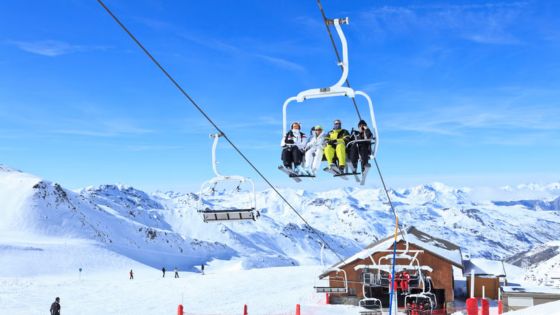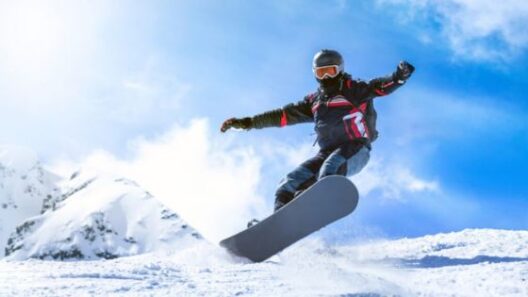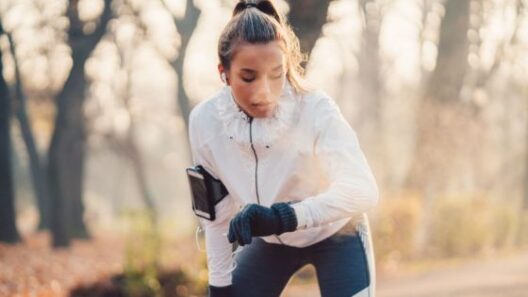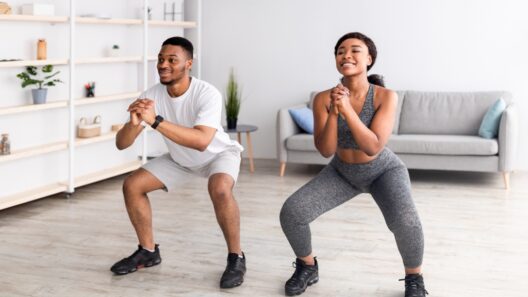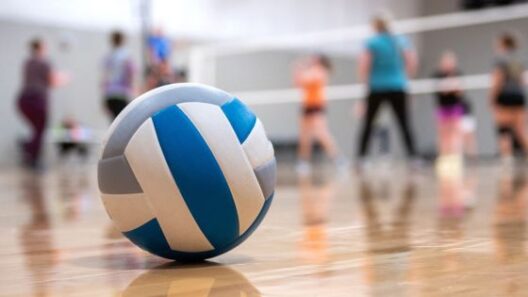As the snow starts to fall and ski resorts open their doors, the excitement of hitting the slopes builds. But before you strap on your boots and grab your poles, there’s one thing you shouldn’t overlook—pre-season training. Skiing demands more than just enthusiasm; it requires strength, balance, endurance, and flexibility to perform at your best and avoid injuries.
The right workouts can help you carve turns with confidence, stay energized for long days on the mountain, and reduce your risk of fatigue or strain. Whether you’re a beginner planning your first trip or an experienced skier aiming to level up, preparing your body now will make all the difference once you’re on the snow.
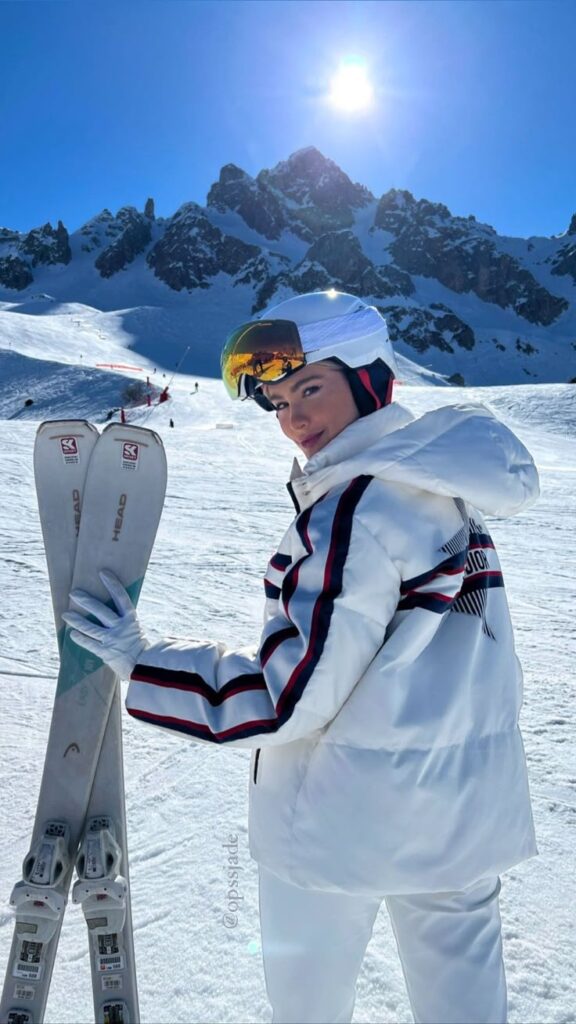
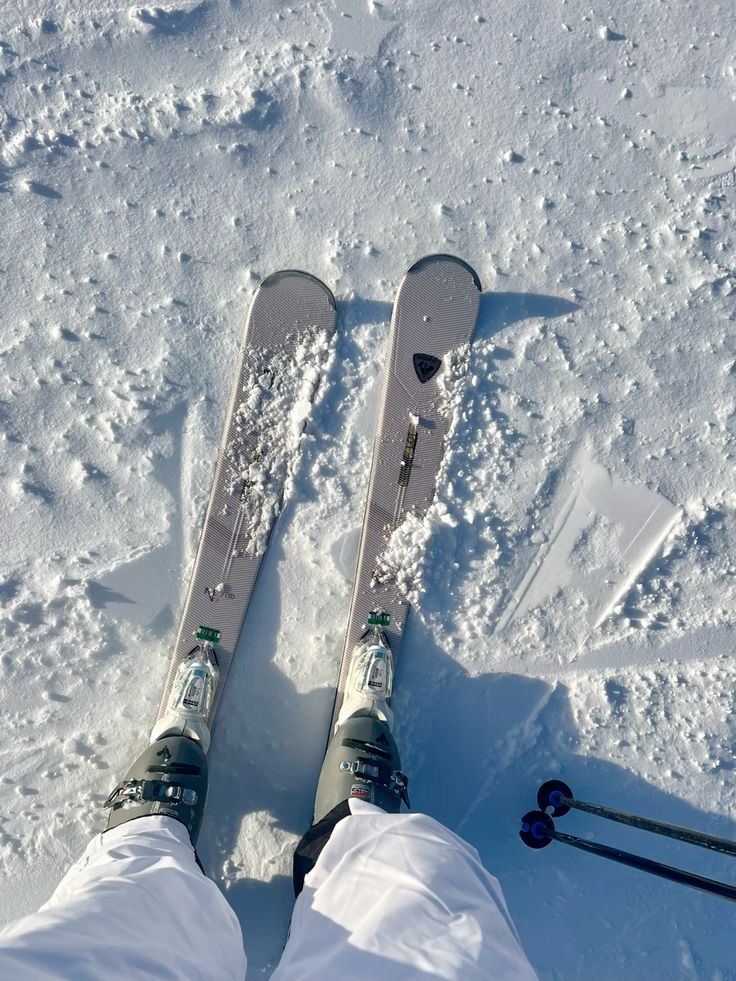
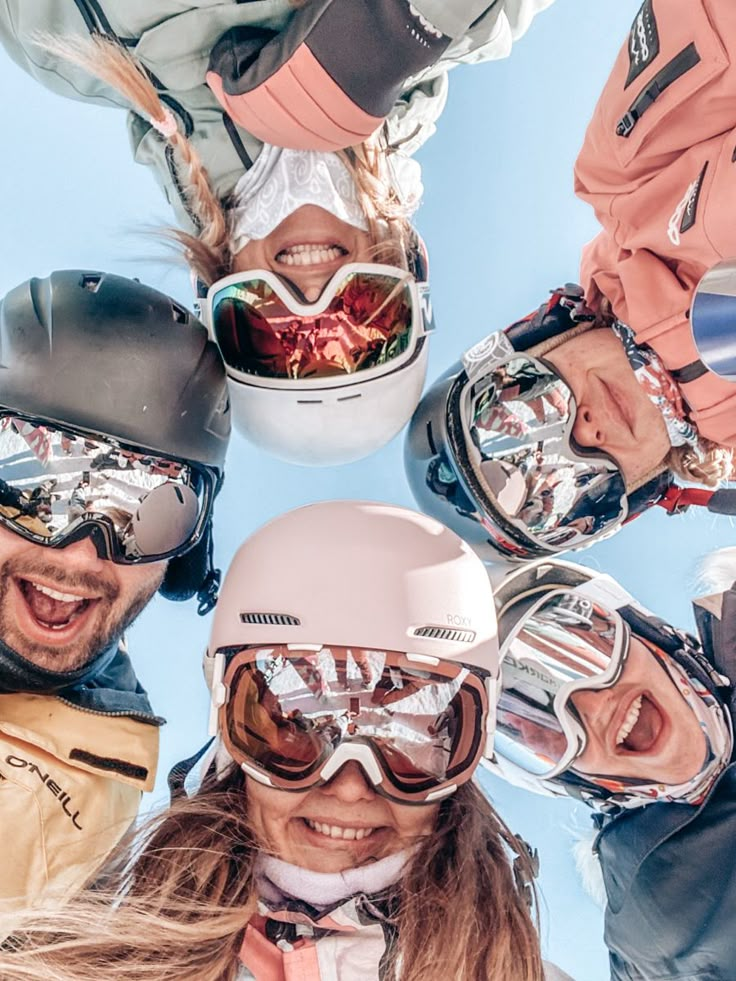
Key Takeaways
- Skiing requires strength, balance, endurance, and flexibility.
- Pre-season training reduces injury risk and enhances performance.
- Focus on lower body, core, mobility, and cardio conditioning.
- At-home and gym workouts can both effectively prepare you.
- Consistency in training is key to a strong and safe ski season.
Why Pre-Season Ski Training Matters
Skiing is one of the most exhilarating winter sports, but it also places unique demands on your body. Long days on the slopes test your endurance, quick turns require balance and agility, and downhill rides challenge your legs and core strength. Without proper preparation, skiers risk fatigue, slower performance, and even injuries like ACL tears.
That’s why pre-season training is essential. The right workouts will help you build the physical foundation you need to glide down the mountain with confidence.
Lower Body Strength: Power for the Slopes
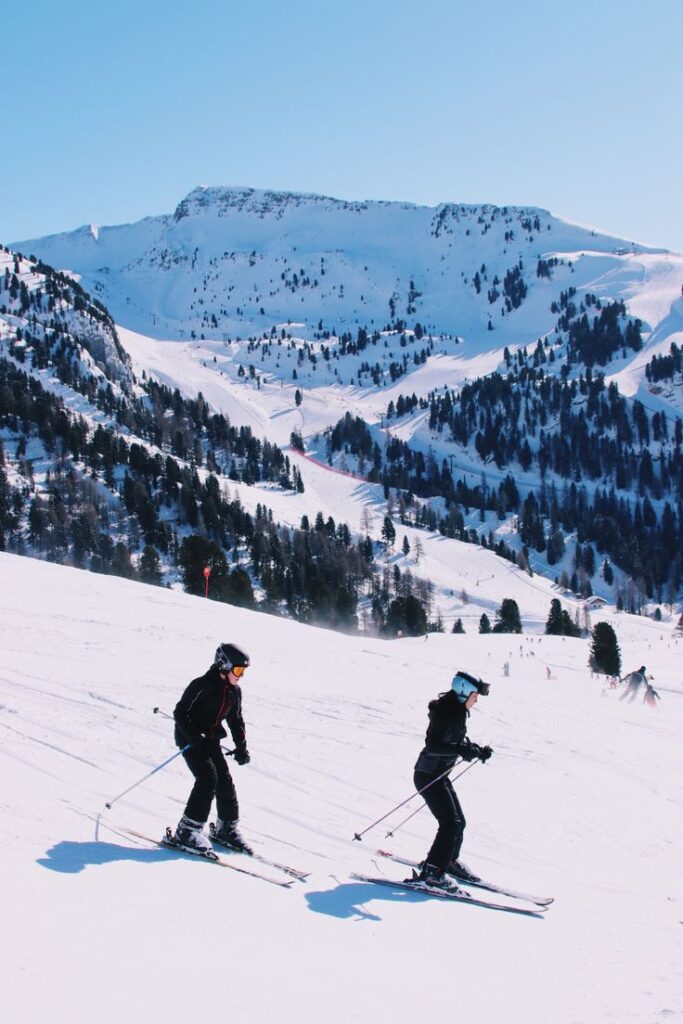
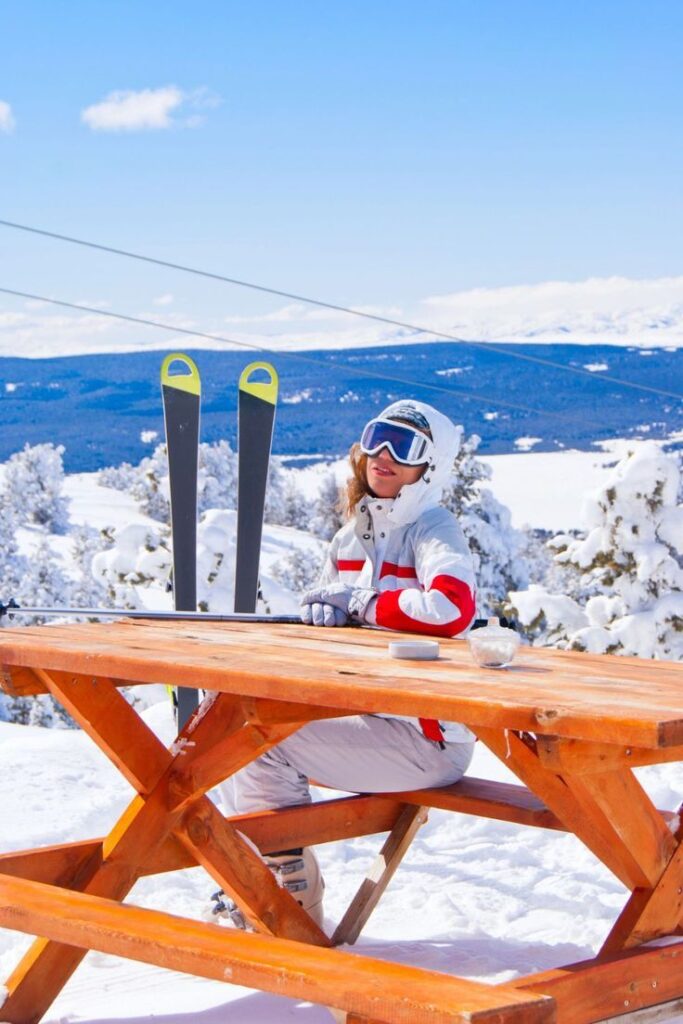
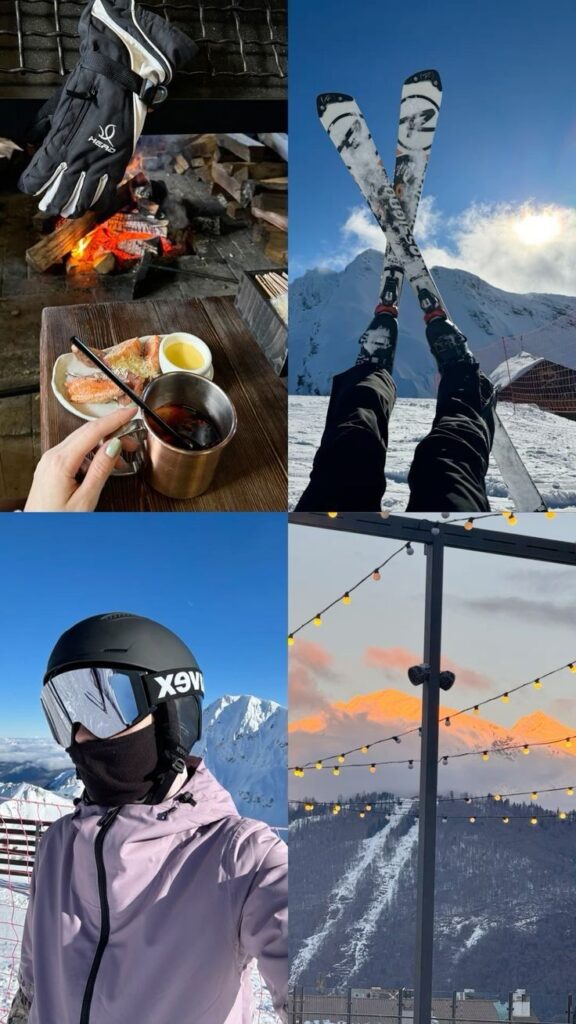
Your legs take the brunt of skiing, so targeting your quads, hamstrings, and glutes is non-negotiable. Strong legs allow you to maintain control during sharp turns and absorb impact from jumps or bumps.
Best Lower Body Exercises for Skiers:
- Squats (bodyweight, goblet, or barbell)
- Lunges (forward, reverse, and lateral)
- Step-Ups (onto a bench or sturdy platform)
- Deadlifts (Romanian or conventional for hamstrings and glutes)
- Wall Sits (for ski-specific endurance)
Core Training: Stability on the Slopes
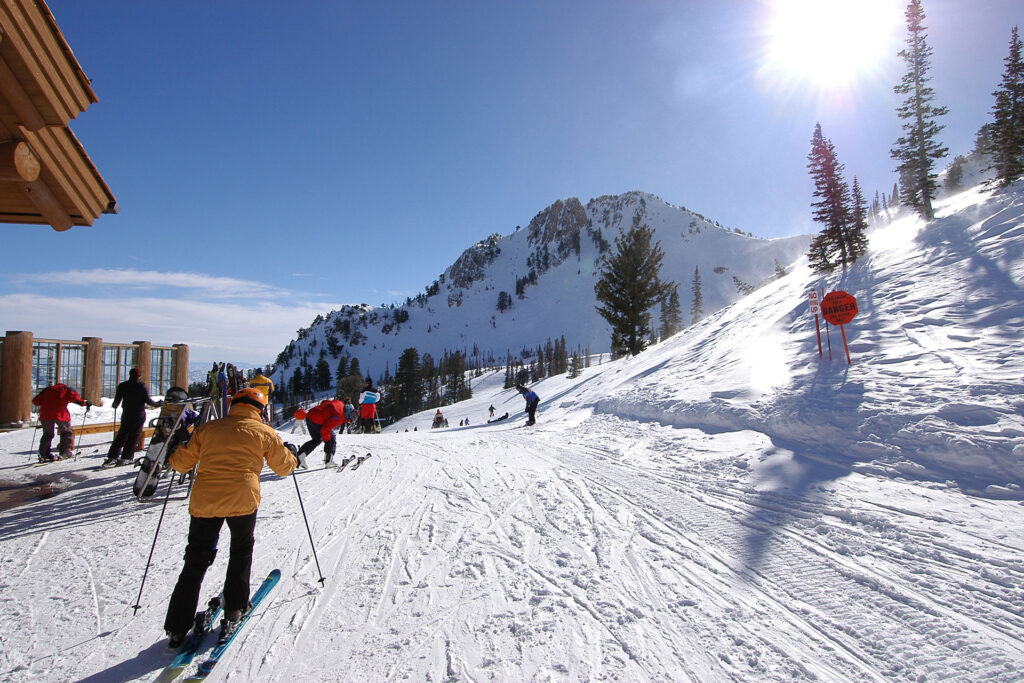
A strong core gives you balance, stability, and control when carving turns or recovering from an off-center movement.
Top Core Exercises:
- Plank Variations (standard, side, and forearm)
- Russian Twists (with or without weight)
- Bird Dogs (great for functional stability)
- Pallof Press (anti-rotation strength)
Balance and Agility: Sharpen Your Reflexes
Skiing requires fast reactions and steady balance on uneven terrain. Incorporating balance work prepares you for unpredictable conditions.
Balance & Agility Drills:
- Single-Leg Stands (add a BOSU ball for difficulty)
- Lateral Hops (side-to-side bounding)
- Agility Ladder Drills
- Bosu Ball Squats or Lunges
Flexibility and Mobility: Protect Your Joints
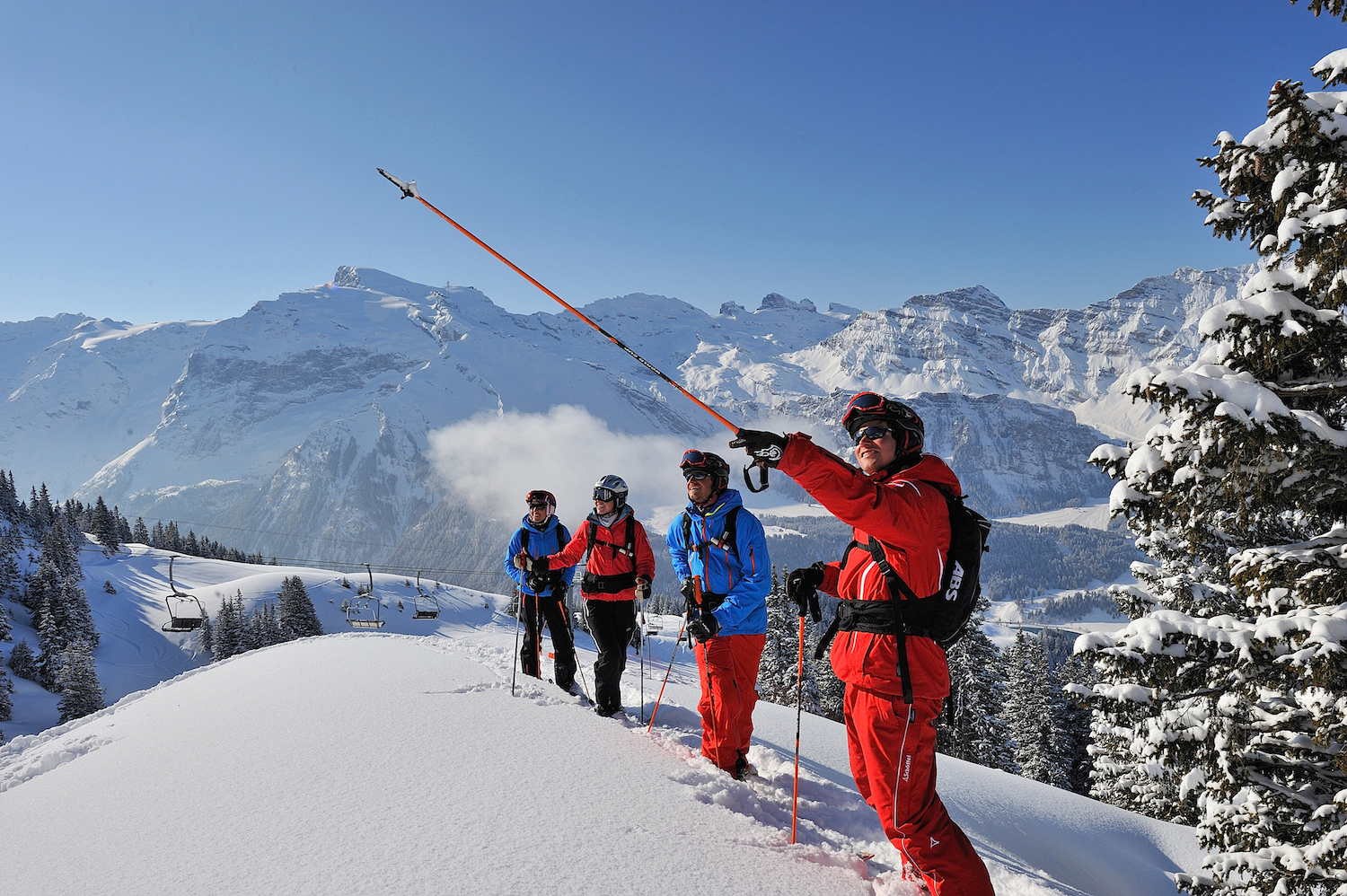
Tight hips and ankles can limit your movement and increase injury risk. Incorporating stretching and mobility ensures fluid, pain-free skiing.
Mobility Must-Dos:
- Hip Openers (deep lunge stretches)
- Hamstring Stretches
- Ankle Mobility Drills
- Yoga Sequences (like Sun Salutations)
Cardio Conditioning: Endurance for Long Runs
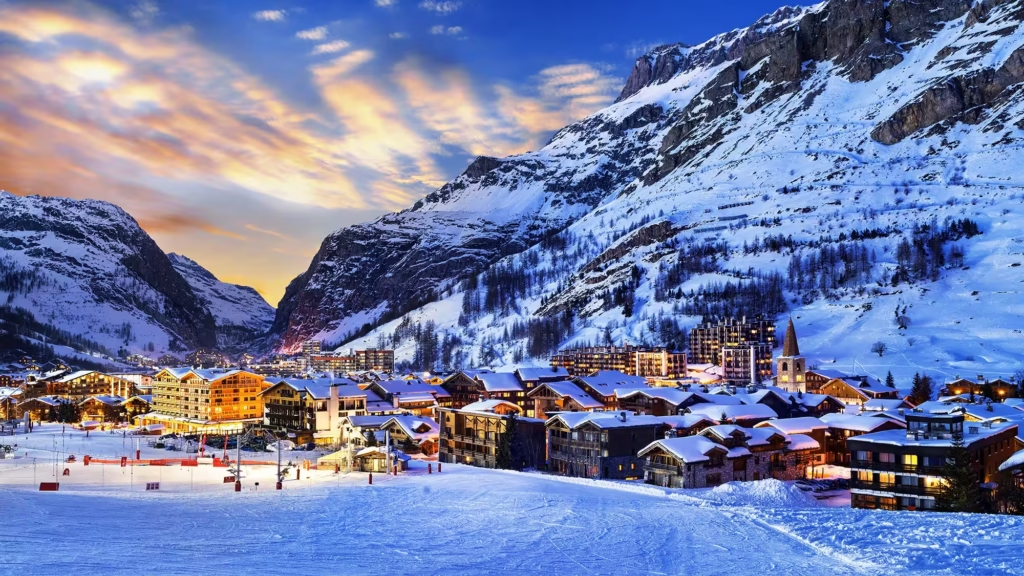
Ski days often last hours, requiring cardiovascular stamina. By building endurance now, you’ll avoid early fatigue on the slopes.
Cardio Options:
- Interval Training (HIIT cycling, rowing, or running)
- Stair Climbing (simulates uphill challenges)
- Trail Running (great for stability and endurance)
- Elliptical or Ski Erg Machines (low-impact options)
At-Home vs. Gym Training
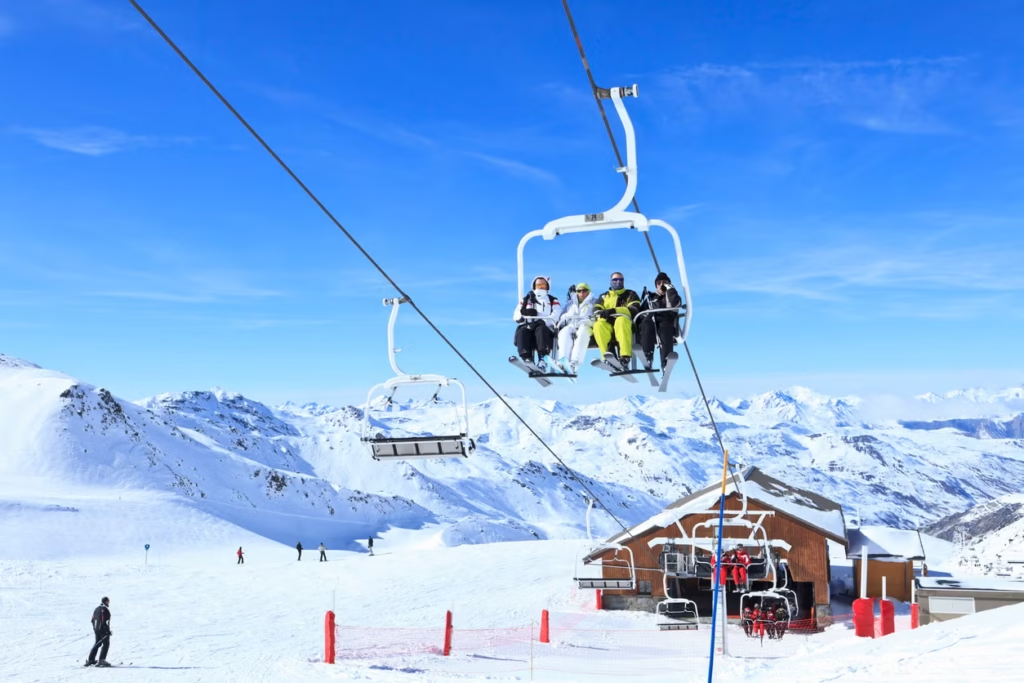
The great news is that you don’t need a ski-specific gym to train effectively. At home, bodyweight squats, planks, and yoga can provide a solid foundation. In the gym, you’ll benefit from added resistance and tools like agility ladders, Bosu balls, and weights.
Consistency matters most—commit to 3–4 workouts per week leading up to the ski season.
FAQs About Ski Workouts
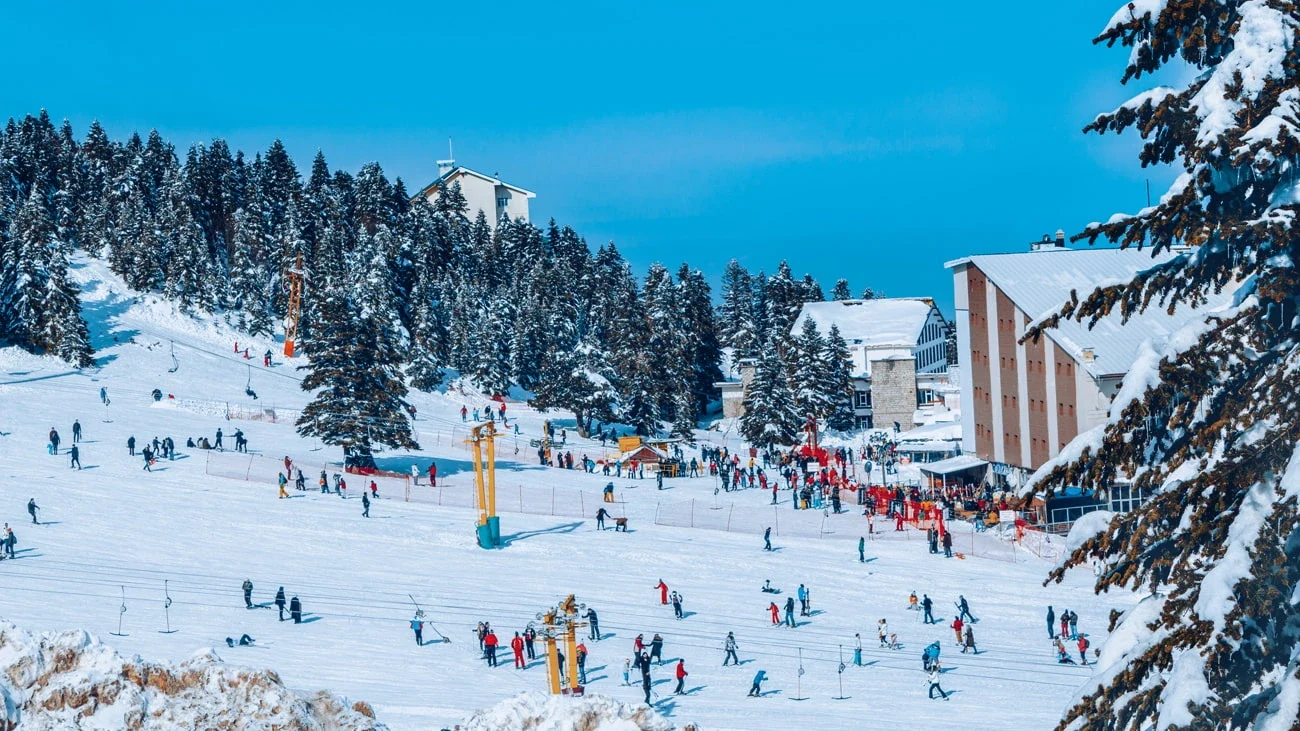
1. How long before ski season should I start training?
Ideally, begin at least 6–8 weeks before hitting the slopes to build strength and endurance.
2. Can I prepare for skiing without gym equipment?
Yes. Bodyweight exercises, yoga, and cardio like running or cycling are excellent preparation.
3. Do balance drills really make a difference?
Absolutely. Skiing requires reacting to unpredictable terrain, and balance work builds those stabilizing muscles.
4. Should I include stretching after every workout?
Yes. Post-workout stretching improves recovery and maintains mobility, both essential for skiing.
5. Can cardio alone prepare me for skiing?
Cardio helps with endurance, but strength and stability work are equally crucial for ski performance and injury prevention.
Conclusion
The slopes demand more than just enthusiasm—they require a well-prepared body. By focusing on strength, core stability, balance, flexibility, and cardio, you’ll set yourself up for a safe and exhilarating ski season. Remember: the more prepared you are before the snow falls, the more fun you’ll have when carving through it.
